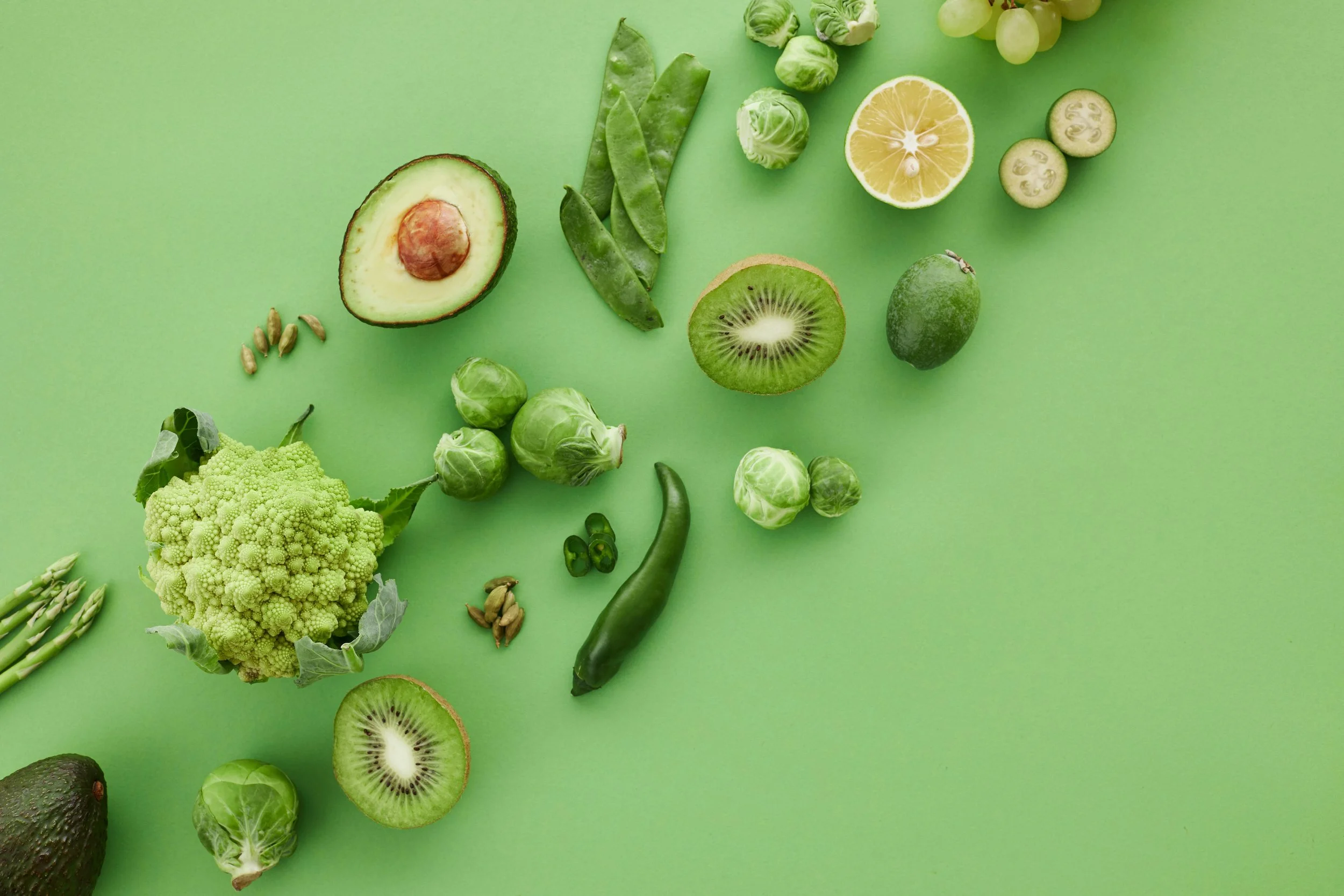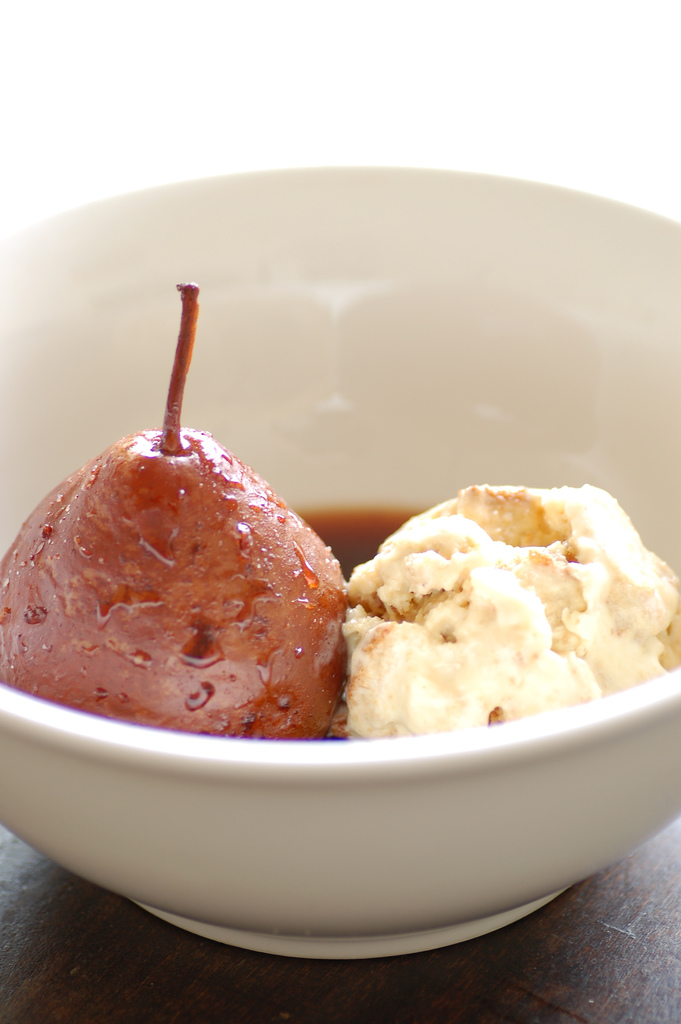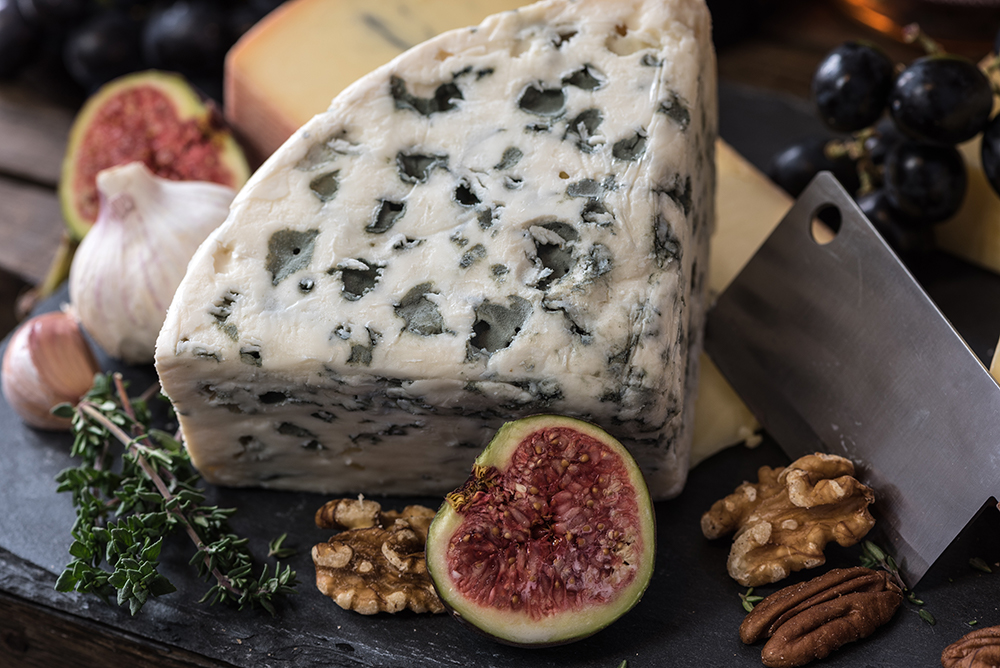For such a delicious and elegant dessert, poached pears are amazingly simple to prepare.
Ingredients
- 6 firm pears (not quite ripe),
- peeled with stems on
- 3 cups red wine
- 1 cup water
- 1 cup sugar
- 1/2 vanilla bean, split in half lengthwise
- 1 star anise
- 2 tablespoons honey
- 1 tablespoon lemon juice
Preparation
Choose a cooking pot that will hold the pears snugly. Place red wine, water, and sugar in the pot. Cut the vanilla bean in half lengthwise and scrape the seeds into the pot; add the pods along with star anise, honey, and lemon juice.
Bring the liquid to a simmer and cook for about 5 minutes, stirring to make sure the sugar is dissolved.
Add the peeled pears, cover, and simmer for about 20 minutes until pears are tender.
Remove the pears and continue simmering the liquid until it becomes thick and syrupy. Use this syrup to glaze the pears before serving.
Serving Suggestion
Serve pears warm or cold, with a dollop of whipped cream or crème fraiche, if desired.
Reprinted by permission from StrongerTogether.coop. Find articles about your food and where it comes from, recipes and a whole lot more at www.strongertogether.coop








